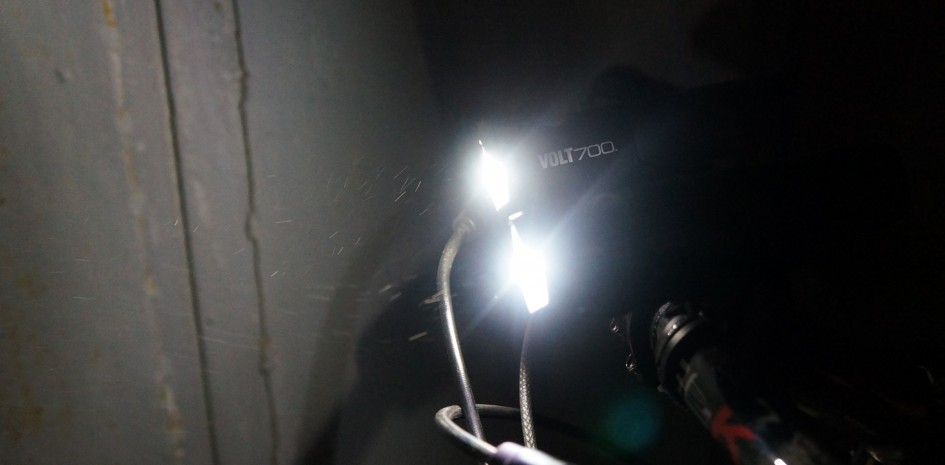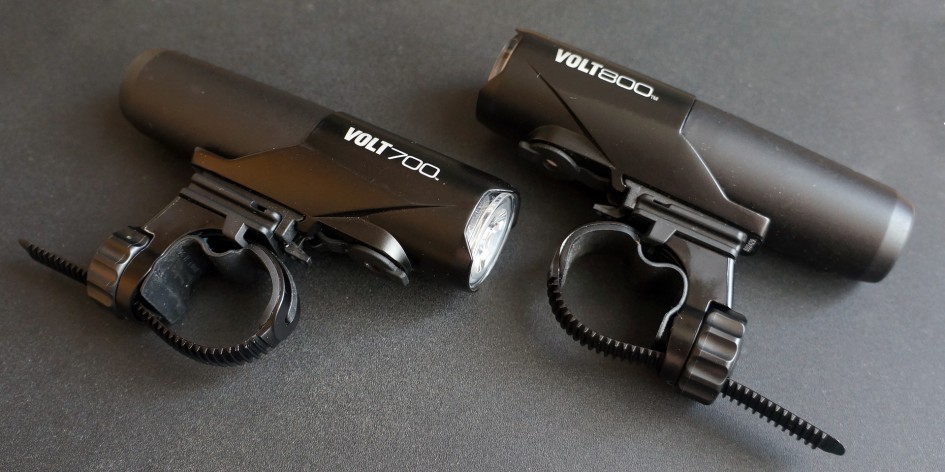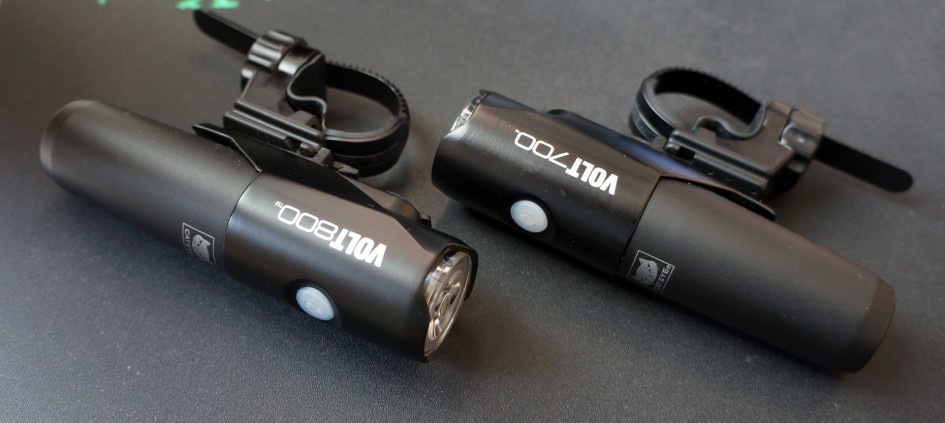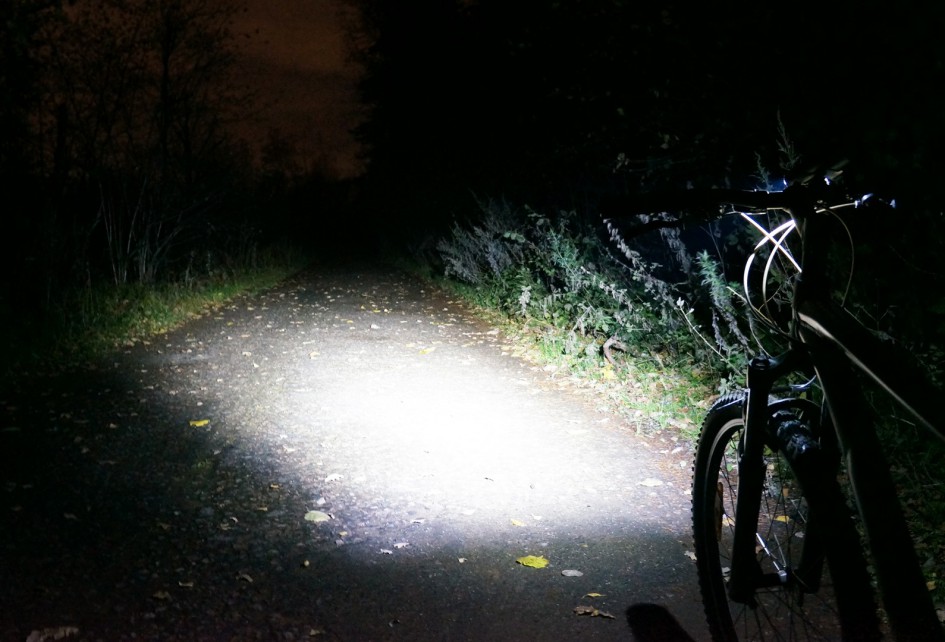
CatEye Volt 800 EL-471 RC is an excellent bicycle headlight. Its body and design are the same as the previous model Volt 700 EL-470, but now it is equipped with an efficient LED. According to the manufacturer, the headlight emits a stable 800 lumens, but this value may vary for each specific unit!

The battery capacity of 3100 mAh should last for 2 hours of work at maximum brightness, in reality it lasts slightly longer. It takes 5 hours to fully charge the gadget using USB (1 watt) or more if you charge the Volt 800 using a standard mobile phone charger.

For better track illumination and more efficient use of the headlight device, the edges of the headlight were slightly angled to form a beam of the desired shape. The Volt 800 is no longer just an ordinary bicycle light, but a full-fledged off-road racing device. You feel comfortable at speeds up to 30km/h, which is suitable for most riders. I, on the other hand, use two Volt 700 lights simultaneously to better illuminate the turns. If you are an experienced rider and ride at high speeds, it is probably worth considering the Volt 1600. As for the younger sibling, the Volt 400, it also makes sense, with the feeling of losing a quarter while doubling the price.

One Volt 700 is turned on.
The thing is, in the Volt 700 series, starting from S11 (the serial number can be found near the mounting connector) and newer models, defective LEDs can be found. It happens less frequently with the Volt 800, but it still happens. There is no need to panic, as the packaging of the flashlight allows you to check it before purchasing. Defective headlights can be distinguished by a more yellowish LED glow and higher power consumption. Speaking in numbers, a defective LED consumes more battery power, lasting only about an hour and a half with a new battery, and emits a lower number of lumens, with samples found with 661 and 670 lumens. This unfortunate bug occurs in approximately 4 out of 100 EL-470 samples.
The build quality corresponds to the high level of the company’s entire product range, but there are rare samples that can be criticized. Approximately 2 out of 100 flashlights have a lens misalignment, resulting in an incorrect light beam shape.
Another issue noticed is that the highest power mode does not differ from the subsequent mode. It can be fixed by discharging the flashlight until the red indicator appears and then fully charging it.
The flashlight automatically switches to a lower power mode to prevent excessive heating. A rare occurrence in moderate continental climates.

The photometer registers different samples of Volt 700 from 700 to 850 lumens, with the most common value being around 780 lumens, which is higher than the stated 700. Volt 800 EL-471 RC emits 800-850 lumens.
For two hours, the headlight emits a stable amount of lumens with deviations of +/- 3. If the headlight needs to be charged, a red indicator light will turn on, and you have approximately 20 more minutes of normal light while driving.

The price of these flashlights cannot be called democratic, at the time of writing the review they were being shipped at a price of 8000 rubles. In return, you get safety and powerful light. Some drivers even asked me to turn off the “high beam”, and passersby cursed with various swear words, all despite the flashlight being oriented downwards on the steering wheel, towards the road in front of the wheel.
 info@velo.bike
info@velo.bike